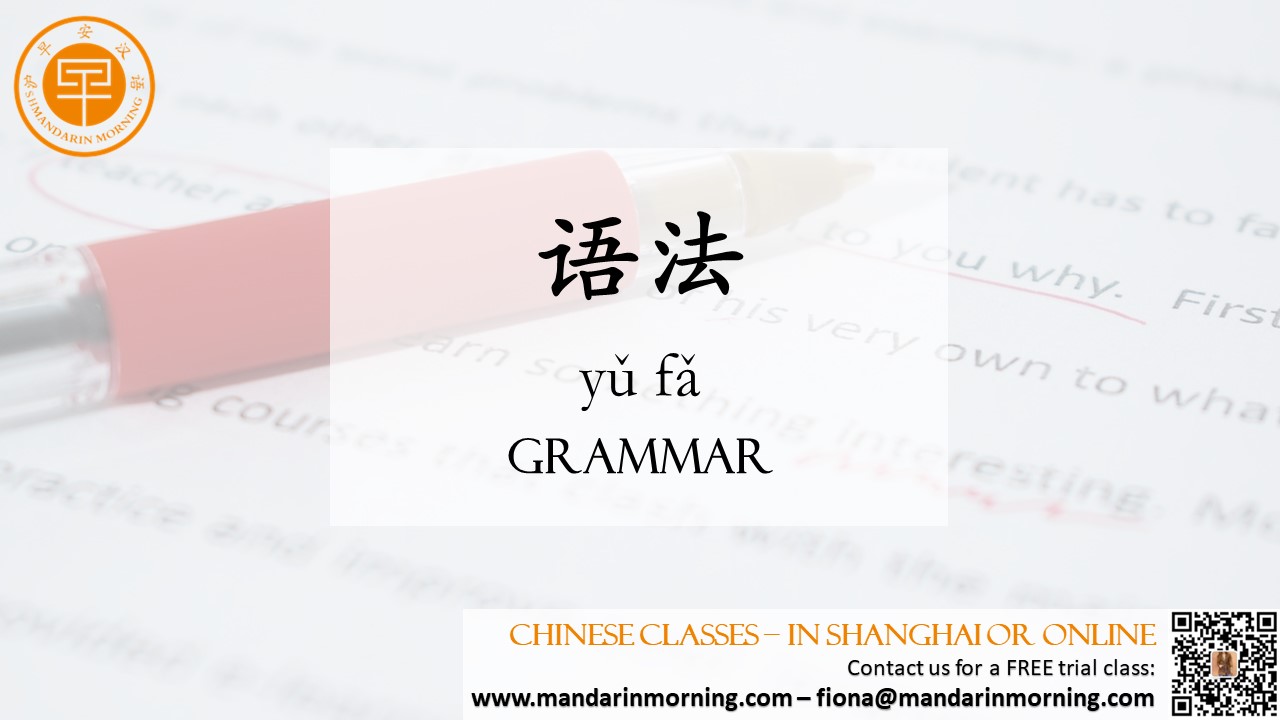| Grammar is essentially a collection of rules. Imagine grammar as the toolkit that lets us arrange words just right, ensuring we communicate effectively. With this perspective, it’s clear that Chinese isn’t an exception; it has its own toolkit, just like every other language out there. In this article, we’ll dive into 5 myths about Chinese grammar.  1. Chinese Has No Verb Conjugation Does the language you speak change verbs to talk about past, present, or future actions? For example, the verb “go” becomes “went” for something that happened and “will go” for something that hasn’t yet. The Chinese language does things differently. Take the word 去 (qù), which means “to go.” In Chinese, 去 stays the same no matter when the action happens. This might seem odd if you’re used to changing the form of verbs based on when something takes place. Here’s how Chinese handles time without changing the verb: Time words: Chinese uses time words to tell us when something happens, such as 今天 (jīntiān) for “today,” 昨天 (zuótiān) for “yesterday,” and 明天 (míngtiān) for “tomorrow” help make it clear. If you say 我明天去 (wǒ míngtiān qù), it literally translates to “I tomorrow go,” clearly showing the action is in the future. Grammatical Markers: The Chinese language also uses special markers to show the time of an action, but not in the way English does with tense. Here are two examples: 了 (le): This marker often means an action is finished. So, 我去了 (wǒ qù le) can mean “I have gone” or “I went,” showing the action is complete. 会 (huì): This is used for future actions, similar to “will” in English. 我会去 (wǒ huì qù) means “I will go.” 2. Chinese Has No Plurals In English, we add an “s” to make a word plural. For instance, “book” becomes “books” to show more than one. But in Chinese, the word 书 (shū) stays the same whether you’re talking about one book or many. This might leave you wondering, how do you tell if something is singular or plural in Chinese? Here’s how Chinese handles plurals: Numbers and measure words: Instead of changing the word itself, Chinese uses numbers and measure words to show quantity. Chinese measure words, 量词 (liàng cí), are words that indicate units of measurement, similar to the English phrases “a cup of,” “a piece of,” or “a slice of,” etc. For example, to say “three books” in Chinese, it’s 三本书 (sān běn shū). Words for quantity: Words such as “some,” “many,” or “a few” are used to express quantity. Chinese has equivalents, such as: 一些 (yīxiē) for “some.” 很多 (hěnduō) for “many” or “much.” For instance, to say “some books” in Chinese, you would use 一些书 (yīxiē shū). Similarly, “many books” translates to 很多书 (hěnduō shū). Want to know more? Read part two of our article! |